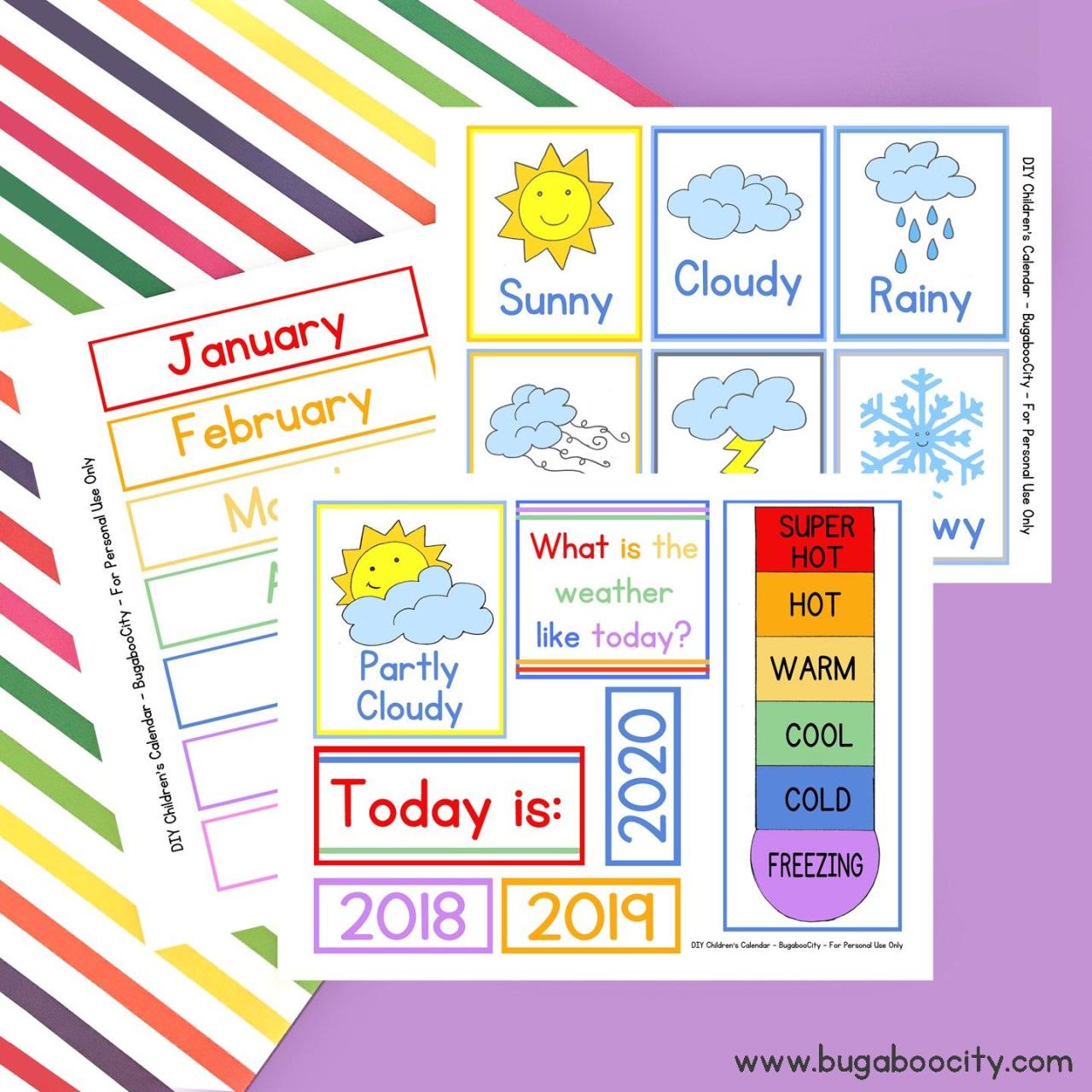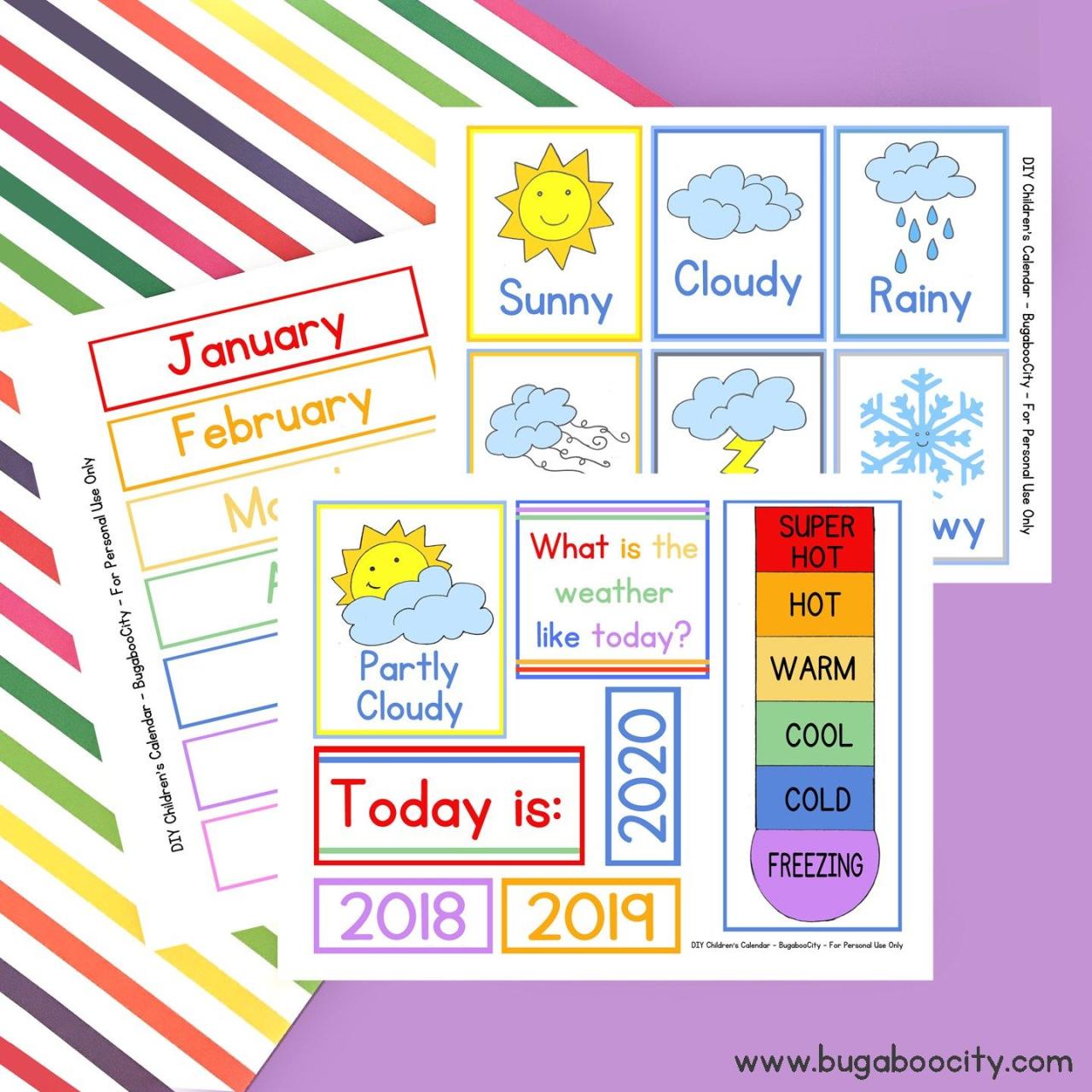Jack and Jill game—the phrase conjures up images of a childhood rhyme, but its meaning and application are surprisingly multifaceted. This exploration delves into the various interpretations of “Jack and Jill game,” tracing its historical evolution, analyzing its cultural significance, and examining its potential uses in modern contexts. We’ll uncover the hidden depths of this seemingly simple phrase, exploring its thematic richness and linguistic nuances.
From the classic nursery rhyme to potential game designs, we’ll uncover the multiple ways this phrase has been interpreted and adapted. We’ll analyze its symbolism, explore its modern applications in media and marketing, and even investigate its cross-cultural variations. Prepare to be surprised by the hidden complexities behind this familiar phrase!
Understanding the “Jack and Jill” Game

The phrase “Jack and Jill game” lacks a universally recognized, single game definition. Its meaning is fluid, often referencing the well-known nursery rhyme and its inherent themes rather than a specific set of rules. We’ll explore various interpretations, potential historical contexts, and modern applications of this ambiguous phrase.
Interpretations of “Jack and Jill”
The “Jack and Jill game” can be interpreted in several ways. It might refer to any game involving a competitive element between two individuals, echoing the rhyme’s narrative of Jack and Jill’s contrasting fates. Alternatively, it could symbolize a collaborative effort, where Jack and Jill work together towards a common goal. The ambiguity allows for broad application depending on context.
Okay, so you’re playing Jack and Jill, right? It’s a pretty simple game, but sometimes things go wrong, like a really unexpected event disrupting the flow. Think about it like this: the unexpected might be something as serious as what’s discussed on south korean plane crash reddit , a completely different scale of unexpected events. Getting back to Jack and Jill, the point is, even simple games can have their unexpected twists and turns.
Historical Context and Evolution
The nursery rhyme itself has a long and somewhat mysterious history. While its exact origins are debated, variations of the rhyme have existed for centuries. The meaning and usage of the phrase “Jack and Jill game,” however, is a more recent phenomenon, likely emerging from colloquial usage and creative interpretations of the rhyme’s themes. The lack of a singular historical game associated with the phrase makes tracing its evolution challenging.
Potential Origins and Cultural Significance
The rhyme’s enduring popularity suggests a cultural resonance that transcends its simple structure. Possible interpretations range from a commentary on gender roles to a reflection on the unpredictability of life. The phrase “Jack and Jill game,” when used in a modern context, taps into this pre-existing cultural understanding, leveraging the familiar imagery and inherent ambiguity for various purposes.
Examples of Phrase Usage

The phrase might appear informally in conversations to describe a competitive situation between two people (“It was a real Jack and Jill game, trying to get the best seats”). It could also be used metaphorically to represent a collaborative project (“Launching this new product was a true Jack and Jill game, requiring both marketing and engineering expertise”). The context determines the specific meaning.
Remember the Jack and Jill game? It’s all about teamwork, right? Think about the coordination needed – just like the investigation following the tragic airplane crash halifax , requiring a massive, coordinated effort from various teams. So, next time you play Jack and Jill, appreciate the parallel – it’s about working together to achieve a common goal, whether it’s fetching water or solving a complex disaster.
Variations and Interpretations of Gameplay
Given the lack of a defined “Jack and Jill game,” we’ll explore potential game variations inspired by the rhyme’s themes. These examples highlight the adaptable nature of the phrase.
Potential Game Variations
Several game types could be conceptually linked to “Jack and Jill.” These include competitive games focusing on individual success, cooperative games requiring teamwork, and even narrative games exploring the themes of the rhyme.
Rules and Objectives of Hypothetical Games
Let’s imagine a few hypothetical games:
- Jack and Jill’s Race to the Top: A cooperative board game where players work together to climb a hill, representing the well in the rhyme. Success depends on collaborative strategy and overcoming obstacles.
- Jack vs. Jill: A competitive card game where players compete for resources, mirroring the rivalry implied in the rhyme’s contrasting outcomes.
- Jack and Jill’s Water Collection: A simple children’s game where two players race to collect water (e.g., using cups and buckets), reflecting the rhyme’s central action.
Hypothetical “Jack and Jill” Game Design

A hypothetical game, “Jack and Jill’s Hill Climb,” could be a two-player cooperative game. Players roll dice to determine their movement up a game board representing a hill. Obstacles (represented by cards) introduce challenges requiring collaboration to overcome. The first to reach the top (representing the well) wins.
Comparison of Potential Games
| Game Name | Type | Objective | Players |
|---|---|---|---|
| Jack and Jill’s Race to the Top | Cooperative | Reach the top of the hill collaboratively | 2 |
| Jack vs. Jill | Competitive | Accumulate the most resources | 2 |
| Jack and Jill’s Water Collection | Competitive | Collect the most water | 2 |
| Jack and Jill’s Hill Climb | Cooperative | Reach the top of the hill together | 2 |
Thematic Analysis of “Jack and Jill”: Jack And Jill Game
The seemingly simple rhyme of “Jack and Jill” holds surprisingly rich thematic possibilities. We’ll explore some key interpretations.
Key Themes and Symbolism
The rhyme’s themes include the contrast between success and failure, the dangers of ambition, and the potential for both cooperation and competition. The well itself can be symbolic of a goal, a challenge, or even a source of life-sustaining resources. Jack and Jill themselves represent archetypes: ambition and its consequences.
Allegorical Meanings
Some interpretations suggest an allegorical meaning, perhaps reflecting the societal expectations and roles placed upon men and women historically. Jack’s fall could be seen as a cautionary tale against unchecked ambition, while Jill’s fate remains open to interpretation, highlighting the complexities of gender dynamics.
Moral or Social Commentary
The rhyme’s brevity allows for multiple interpretations. It could be a simple cautionary tale about the dangers of carelessness, or a more complex reflection on the societal pressures and gender roles present in its historical context.
Visual Representation of Symbolic Elements
Imagine an illustration: A steep, winding hill leads to a well at its peak. Jack, depicted with a determined but perhaps reckless expression, is shown tumbling down the hill. Jill, standing near the top, looks down with a mixture of concern and perhaps a hint of triumph or resignation. The well itself is depicted as both alluring and potentially dangerous, representing both opportunity and risk.
Modern Applications and Adaptations
The enduring appeal of “Jack and Jill” allows for various modern applications.
Modern Media Applications
The phrase or theme could be used in video games as a character name, a quest title, or a metaphorical representation of a gameplay mechanic. In movies or literature, it could be used as a title, a recurring motif, or a symbolic representation of a relationship.
Marketing and Branding
The rhyme’s familiarity and inherent ambiguity could be utilized in marketing campaigns. A product could be marketed as “the Jack and Jill solution,” suggesting both individual and collaborative benefits.
Contemporary Adaptations
- A children’s book reimagining the rhyme with a focus on cooperation.
- A video game where players cooperate to achieve a shared goal.
- A marketing campaign using “Jack and Jill” to represent a product with dual benefits.
- A modern retelling of the rhyme exploring contemporary themes of gender equality.
Linguistic and Cultural Analysis
The “Jack and Jill” rhyme’s simple structure belies a complex linguistic and cultural history.
Linguistic Structure and Word Choice
The rhyme’s use of simple, repetitive language makes it easily memorable and accessible to children. The iambic rhythm and AABB rhyme scheme contribute to its musicality and memorability. The choice of names, “Jack” and “Jill,” reflects common, easily understood names.
Cultural Impact and Spread
The rhyme’s widespread dissemination across various cultures speaks to its enduring appeal. Its simplicity allows for easy translation and adaptation across languages and contexts.
Cross-Cultural Comparisons
While the core narrative of “Jack and Jill” remains largely consistent across cultures, variations in wording, interpretation, and cultural context exist. In some cultures, the emphasis might be on the competitive aspect, while in others, the focus could be on collaboration or caution.
Historical Usage Timeline, Jack and jill game
A precise timeline is difficult to construct due to the rhyme’s oral tradition. However, written versions appear from the 17th century onwards, with variations and adaptations continuing to the present day. The usage of the phrase “Jack and Jill game” as a distinct concept is much more recent, lacking concrete historical documentation.
Conclusive Thoughts
The seemingly simple phrase “Jack and Jill game” reveals a surprising depth of meaning and application. From its origins in a well-known nursery rhyme to its potential use in modern media and marketing, we’ve uncovered the multifaceted nature of this phrase. Its enduring presence in our culture highlights its adaptability and its capacity to resonate with audiences across generations.
Whether viewed through a linguistic, cultural, or thematic lens, “Jack and Jill game” offers a fascinating case study in the evolution and interpretation of language and imagery.
Detailed FAQs
What is the most common interpretation of the “Jack and Jill” rhyme?
The most common interpretation depicts a cautionary tale about the dangers of carelessness and disobedience.
Are there any known historical games directly related to the “Jack and Jill” phrase?
While there aren’t definitively documented historical games specifically named “Jack and Jill,” many traditional children’s games share similar themes of cooperation, competition, or overcoming obstacles.
How is the phrase “Jack and Jill game” used metaphorically?
Okay, so you’re thinking about the classic kids’ game, Jack and Jill. It’s simple, right? But did you know that the actor who played Thanos, also appeared in Squid Game? Check out this article about the thanos squid game actor for a fun fact! Anyway, back to Jack and Jill – the simplicity of the rhyme often masks deeper interpretations of its themes, making it a surprisingly rich subject for analysis.
It can be used metaphorically to represent collaborative efforts, often with a hint of risk or challenge involved.
What are some alternative interpretations of the rhyme’s ending?
Some interpretations focus on the potential for a deeper meaning beyond the literal fall, suggesting themes of ambition, failure, or societal expectations.
